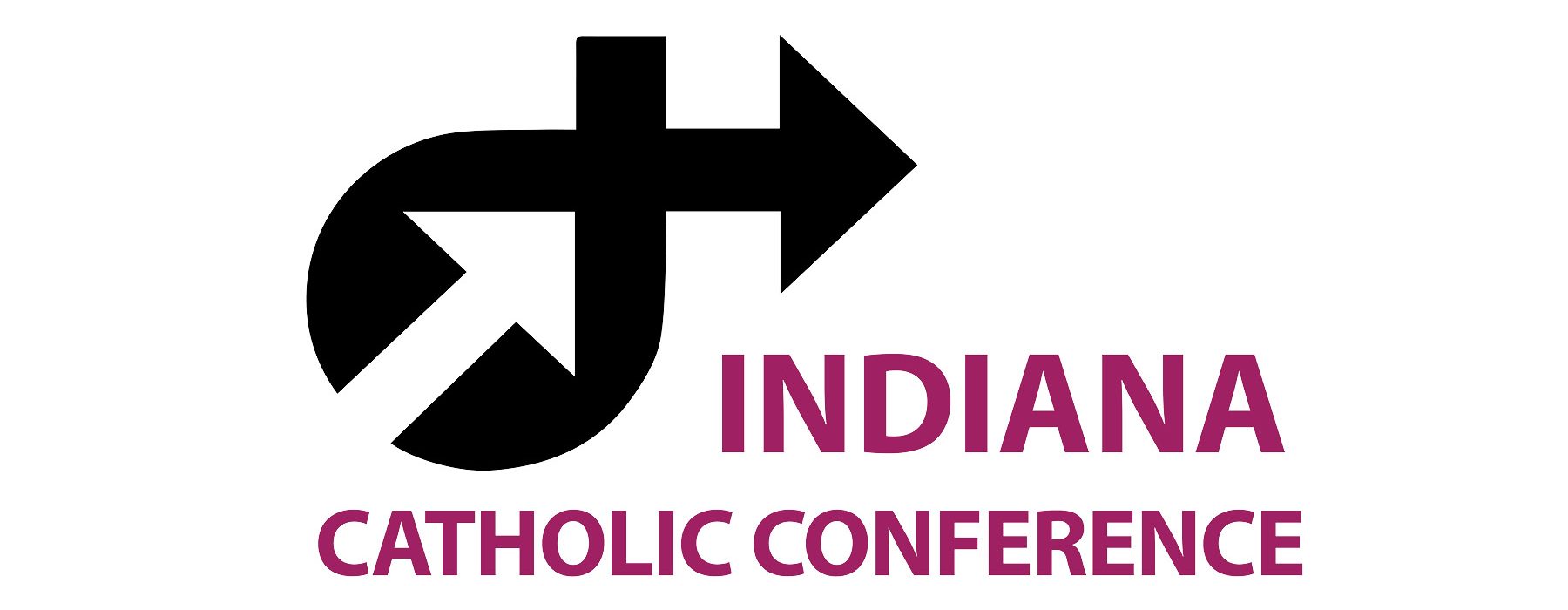February 3, 2024 // National
Catholic Lawmaker Aims to Help with Disaster Relief
A catastrophic tornado outbreak in Indiana last spring hit close to home for a new Hoosier lawmaker who now has set her sights on changing the way the state responds to disasters.
State Senator Cyndi Carrasco of Indianapolis witnessed the destruction caused by the March 31 twisters not far from her southside Indianapolis home and her parish of SS. Francis and Clare of Assisi in Greenwood. At the time of the tornado outbreak, which devastated multiple areas of Indiana, she was not even a State Legislator yet.
But when she was chosen in an October caucus to represent Senate District 36 following the sudden passing of Senator Jack Sandlin, the impact of those spring storms remained in the forefront of her thinking. Now the first-time state senator has introduced her first piece of legislation at the Indiana General Assembly – Senate Bill 190, which would ease access to disaster relief and offer more resources for individuals and communities to rebuild now and in the future.
“Those images stick in my mind,” said Carrasco, whose district includes portions of southern Marion County and northern Johnson County. “In times of crisis after a disaster, the last thing you need is a very complicated formula to determine whether or not you’re going to be eligible for dollars. You need to be able to access help easily.
“We’ve got the dollars, and we want to be able to help people quickly and efficiently.”
More than two decades ago, the State Disaster Relief Fund (SDRF) was established to assist individuals and local governments in the aftermath of tornadoes, floods, and other disasters. The SDRF is funded by sales of fireworks in Indiana and is administered by the Indiana Department of Homeland Security.
But officials with the department have identified roadblocks in state law that make accessing disaster relief funds difficult if not impossible for many families and communities. They have provided input to Carrasco – an attorney and former Inspector General for the state of Indiana – to help address these issues through her proposed legislation.
“The intent of Senate Bill 190 is to fix the statutory limits of the program to better serve Hoosiers,” Carrasco told lawmakers during a January 16 meeting of the Senate Committee on Homeland Security and Transportation, which resulted in the committee’s unanimous support of the measure.
Senate Bill 190 would simplify the formula used to calculate how much funding communities can receive from the SDRF following a disaster. With respect to individual assistance, the legislation would help Hoosiers by giving the state of Indiana autonomy over the program, which currently can be accessed only when the U.S. Small Business Administration declares a disaster for an impacted community.
Importantly, Senate Bill 190 would also increase the maximum amount of assistance a household may receive from $10,000 to $25,000.
“This will go a long way in helping Hoosiers who encounter catastrophic disaster damages,” Carrasco said.
Streamlining and bolstering the state’s disaster relief program is a priority of Indiana Governor Eric Holcomb. The legislation also has a strong ally in the Indiana Catholic Conference (ICC), the public policy voice of the Catholic Church in Indiana.
In testifying on Senate Bill 190 at the January committee hearing, Alexander Mingus, Associate Director of the ICC, reinforced the numerous ways the legislation would benefit Hoosiers. In doing so, he was also speaking on behalf of Catholic Charities in the Archdiocese of Indianapolis, whose Disaster Preparedness and Response office serves the entire state in times of crisis.
“When a disaster strikes in Indiana, Catholic Charities is one of the first to arrive on the scene and one of the last to leave,” Mingus told lawmakers.
He outlined many of the challenges and constraints that Catholic Charities and others encounter in providing help following a disaster, including dramatically increasing construction costs. Catholic Charities often steps in to cover the gap between government assistance and insurance coverage for individuals and families whose homes have been damaged or destroyed by a natural disaster.
In one example, Mingus noted that Catholic Charities replaced a roof on a three-bedroom, 1,200-square-foot house for $8,000 in 2018. Just five years later – in the aftermath of COVID-19 and rapidly escalating inflation – the cost to replace a roof on a comparable home was $23,000.
Jane Crady, the longtime coordinator of Disaster Preparedness and Response for Catholic Charities in the Archdiocese of Indianapolis, deals with these realities every day.
Almost a year following the spring 2023 tornadoes, Crady is still working with families and mobilizing support in the hardest-hit areas. That includes Sullivan, Indiana, where an EF-3 tornado with peak winds of 155 mph killed three people and destroyed 200 homes on the night of March 31.
“What people don’t understand is that it’s not only the houses that are damaged or destroyed,” said Crady, a member of St. Joseph Parish in Shelbyville. “It affects the whole community.”
“This is where Senate Bill 190 comes in,” she continued. “We could do so much more now. If families were only getting $10,000 (under the current state framework), they couldn’t even put a new roof on their house. Passage of this bill is going to make a big difference for people, and that’s the bottom line.”
At press time, the measure was awaiting consideration by the Senate Appropriations Committee.
The best news. Delivered to your inbox.
Subscribe to our mailing list today.






